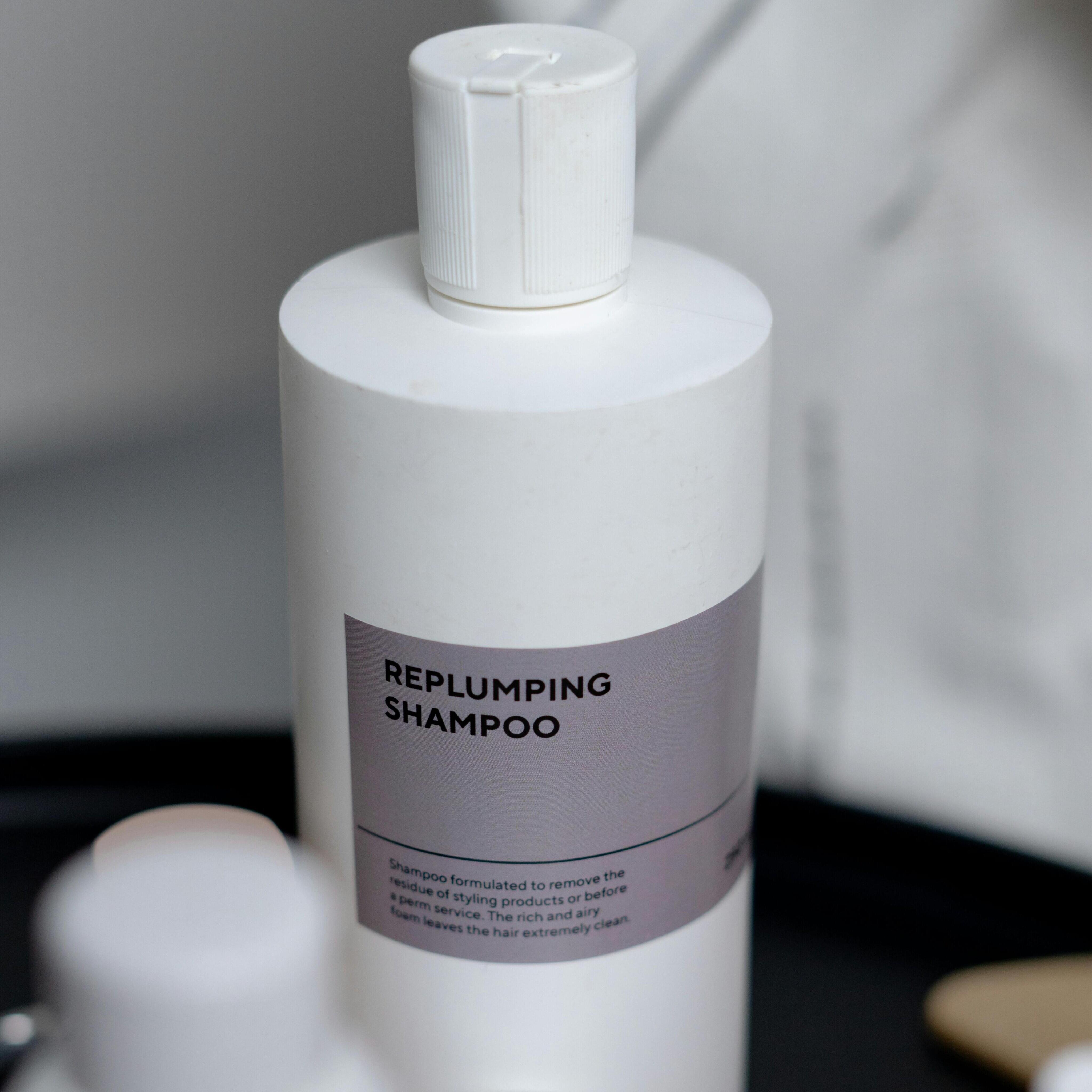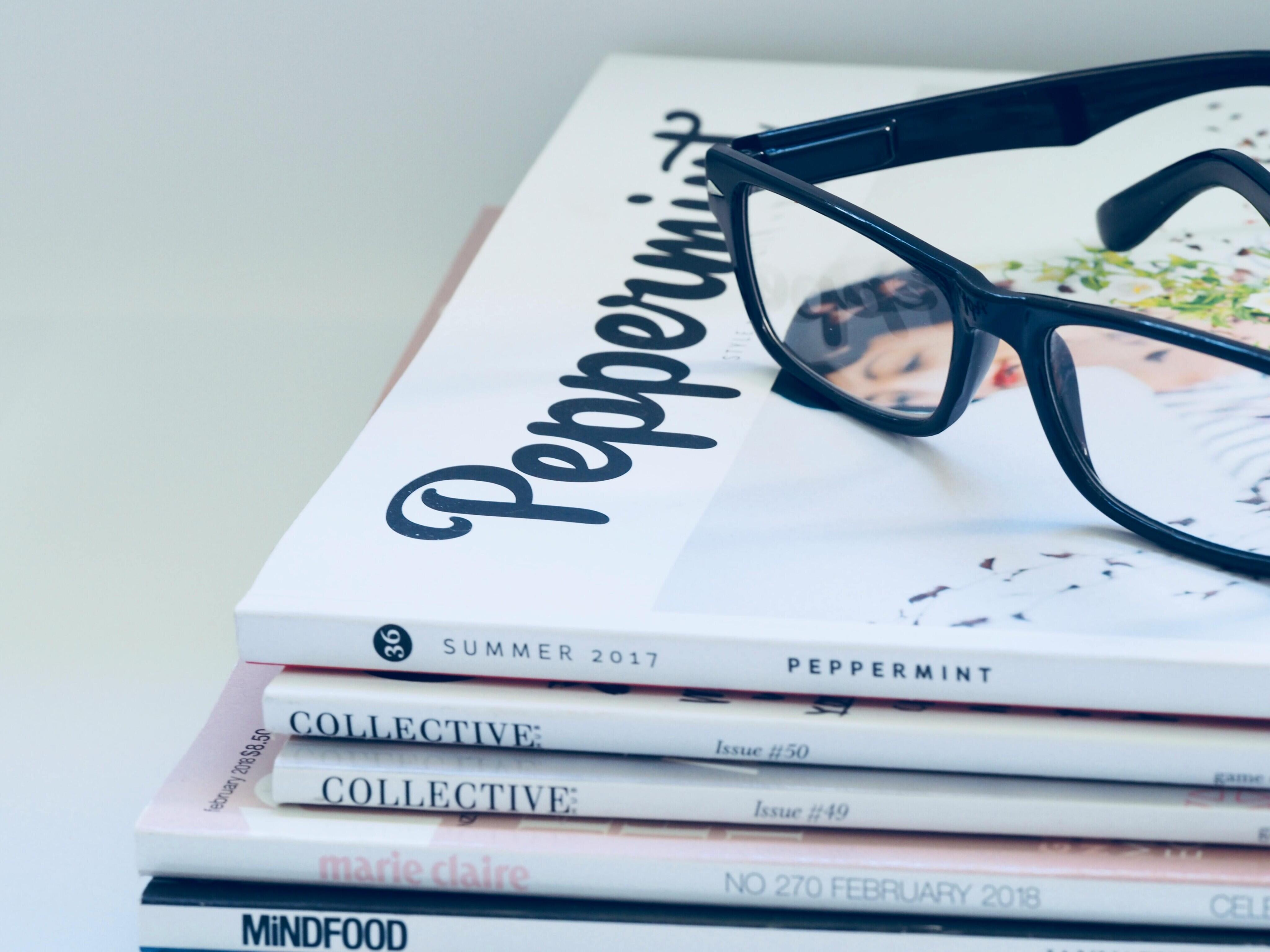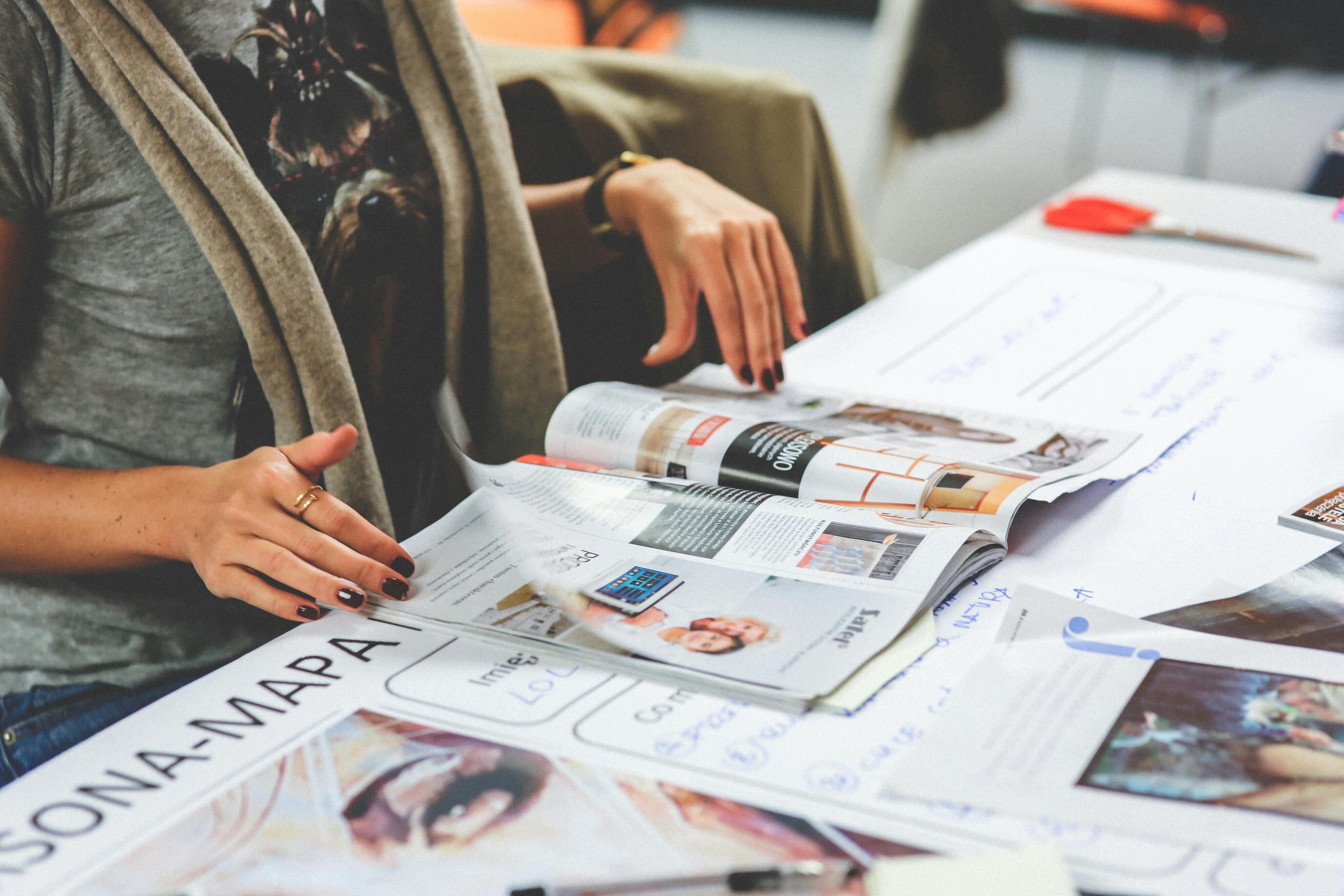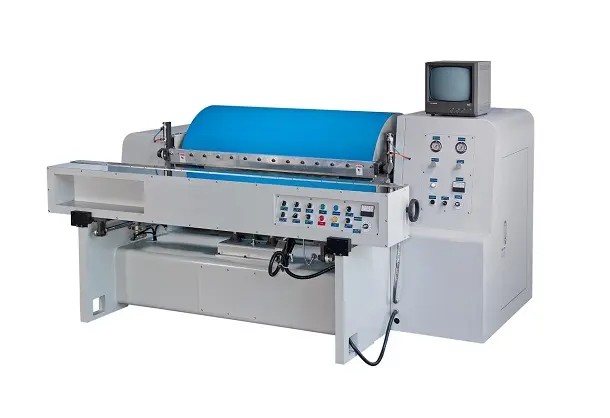What is Rotogravure Printing? A Comprehensive Guide
We have all had this experience: walking into a store to pick up a newspaper, a magazine, or a bag of chips, then reaching for our wallet to pay for it. But have you ever considered that all of these items, including the packaging, the newspaper, and even the banknote, may have been produced using rotogravure printing technology? In this article, we' ll dive into the world of rotogravure printing, exploring how it plays a vital role in our daily lives.
What Is Rotogravure Printing?
Rotogravure printing is known for producing detailed and vibrant prints. Originally invented in the 19th century, it gained widespread adoption in the 20th century with the growth of the newspaper industry. Over time, its applications expanded. It is now commonly used for food packaging, decorative materials, and so on.
To achieve high-quality results, the process utilizes a printing cylinder made from a steel core coated with copper or zinc. This cylinder is engraved with tiny cells that form the image. By adjusting the depth and size of these cells, manufacturers can control the amount of ink, thereby influencing the color intensity. During the printing process, the cylinder is filled with ink first. Then, a thin blade called the doctor blade removes excess ink from the surface, ensuring the ink is retained only in the engraved cells. Afterward, the impression roller then presses the substrate against the cylinder, accurately transferring the image onto the substrate. As a result of this precise method, the outcome is a rich, high-quality print with intricate detail and vivid color. With its ability to combine fine detail, consistent quality, and high-speed production, rotogravure printing remains one of the most reliable and versatile printing methods in the industry today.
Where is Rotogravure Printing Used?
As we mentioned above, the rotogravure printing is used in various industries. Whether it is in the publication or packaging industries, rotogravure printing plays a key role in producing high-quality and vibrant prints. We will delve into the fields below.
Soft packaging
Rotogravure printing is widely used in producing soft packagings, such as retort pouches. This printing technique ensures strong ink adhesion, making it suitable for plastic films such as PET, PE, and PVC.
Decorative film
Rotogravure printing produces high-quality prints in large volumes, making it ideal for decorative films like floor coverings and wallpapers. Its precision ensures consistent, vivid patterns across wide surfaces, delivering both aesthetic appeal and durability.
Wrapping paper
Wrapping papers for gifts and luxury products often feature intricate patterns. Thankfully, rotogravure printing can deliver sharp detail and multi-color images, making it reliable for printing high-quality prints.
Security printing
Security printing is designed to prevent counterfeiting. It is one of the critical applications of rotogravure printing, particularly for items that require authentication, such as banknotes. Its ability to produce prints with a tactile effect makes the banknotes difficult to replicate.
Label
Labels are a common part of our everyday life, delivering product information and helping consumers make informed choices. Due to its ability to produce highly detailed prints, rotogravure printing is suitable for printing sharp text and intricate graphics on labels.
Rotogravure vs. Other Printing Methods
In this section, we will explore the different types of printing methods and their differences from the rotogravure printing method.
Flexographic printing
Flexographic printing is a high-speed method using flexible rubber plates, commonly applied to packaging like labels and plastic films. However, the rubber plates are more fragile and produce lower print quality compared with rotogravure printing cylinders.
Offset Printing
It is a traditional printing technique where the image is first transferred from a flat metal or polymer plate to a rubber blanket, and then to the printing surface. Offset printing offers an excellent printing quality, but requires more setup time than rotogravure printing. Also, offset printing has fewer applications because it is mainly designed for flat surfaces, such as paper sheets and books.
Digital Printing
Digital printing transfers files directly from the computer to the press without the need for plates. This feature allows faster setup and efficient production for small or customized runs. However, outputs of digital printing may also feature ink inconsistency, resulting in lower print quality than rotogravure printing.
Advantages & Limitations of Rotogravure Printing
After comparing other printing methods with rotogravure printing, we have a deeper understanding of its strengths. Next, we will discuss its advantages and limitations below.
Advantages
- Outstanding print quality: Rotogravure printing delivers exceptionally sharp graphics and clear text with fine detail, making it ideal for packaging and decorative applications that demand strong visual impact and brand differentiation.
- Exceptional color consistency: The engraved cells on the printing cylinder ensure precise ink transfer, maintaining consistent ink density and accurate color reproduction throughout extended production runs. This reliability is especially valuable for packaging, where color accuracy is critical to brand identity.
- Efficient printing speed: Designed for high-speed operation, the rotogravure printing machine enables manufacturers to complete large-volume tasks with shorter turnaround times. This benefit significantly enhances overall productivity and cost efficiency.
- Long-lasting cylinders: The engraved cylinders are highly durable and capable of repeated use, making them well-suited for mass production. Their longevity reduces setup frequency and associated costs, offering long-term value in continuous printing operations.
Limitations
- High initial investment: The production of engraved cylinders requires significant costs compared to other printing methods. While this investment is justified in large-scale projects, it makes rotogravure less economical for short-run or limited-edition tasks.
- Long setup time: Preparing the machine, engraving cylinders, and aligning substrates demands considerable setup time. This extended preparation can slow down turnaround for projects that require quick production.
- Limited flexibility: After the cylinder is fully engraved, any revision to the design would require a new cylinder. As a result, rotogravure printing is less suitable for small-volume tasks or products that frequently change designs. It is more suitable for large-volume production, where consistency and efficiency outweigh the need for flexibility.
How Proofing Machine Ensures the Quality of Rotogravure Cylinder
Because the full-scale printing requires large rolls of substrates and large amounts of ink, any errors in the design or setup can result in wasted substrate and ink after the cylinder is fully engraved. To prevent this, many manufacturers use a proofing machine to produce a sample copy before full-scale production. This crucial step allows them to verify printing quality without running the production machine, reducing errors and minimizing material waste.
By proofing samples before printing, the machine operators can check the following key aspects:
- Overall print and image quality: Assesses the sharpness, clarity, and detail of graphics and text. Proofing ensures that fine lines, gradients, and complex patterns are reproduced accurately without distortion or blurring.
- Color intensity and consistency: Evaluates whether colors match the design specifications and remain consistent. This step is critical for packaging applications, where precise color matching is essential.
- Substrate compatibility: Proofing helps manufacturers to verify that the selected inks adhere effectively to the substrate, such as PET, PVC, or paper. This includes checking for issues like smudging, peeling, or uneven absorption. These issues may affect both durability and final appearance.
- Printing accuracy and alignment: Ensures that text, patterns, and images are precisely aligned. Proper alignment prevents issues such as overlapping colors, mispositioned graphics, or uneven margins. They could compromise the professional look of the finished product.
- By proofing the copy in advance, manufacturers can identify potential errors in design, color, or ink transfer before full-scale printing begins. This step ensures a reduction in material waste, setup time, and associated costs.
Conclusion
After exploring the complete overview, we have a more thorough understanding of rotogravure printing. This method offers exceptional image precision, vibrant color output, and efficient performance for large-scale production. Like other printing methods we have learned, it also has limitations. Such as potential printing errors and material waste that can impact overall efficiency. Fortunately, we can reduce the possibility of these limitations by proofing the sample copy in advance.
Yo Den's advanced proofing machine is designed to support your printing process, providing highly accurate samples. It allows manufacturers and customers to evaluate the quality and make necessary adjustments before full-scale production. Contact us for more information about the rotogravure cylinder proofing machine or suggestions for machine setup.







